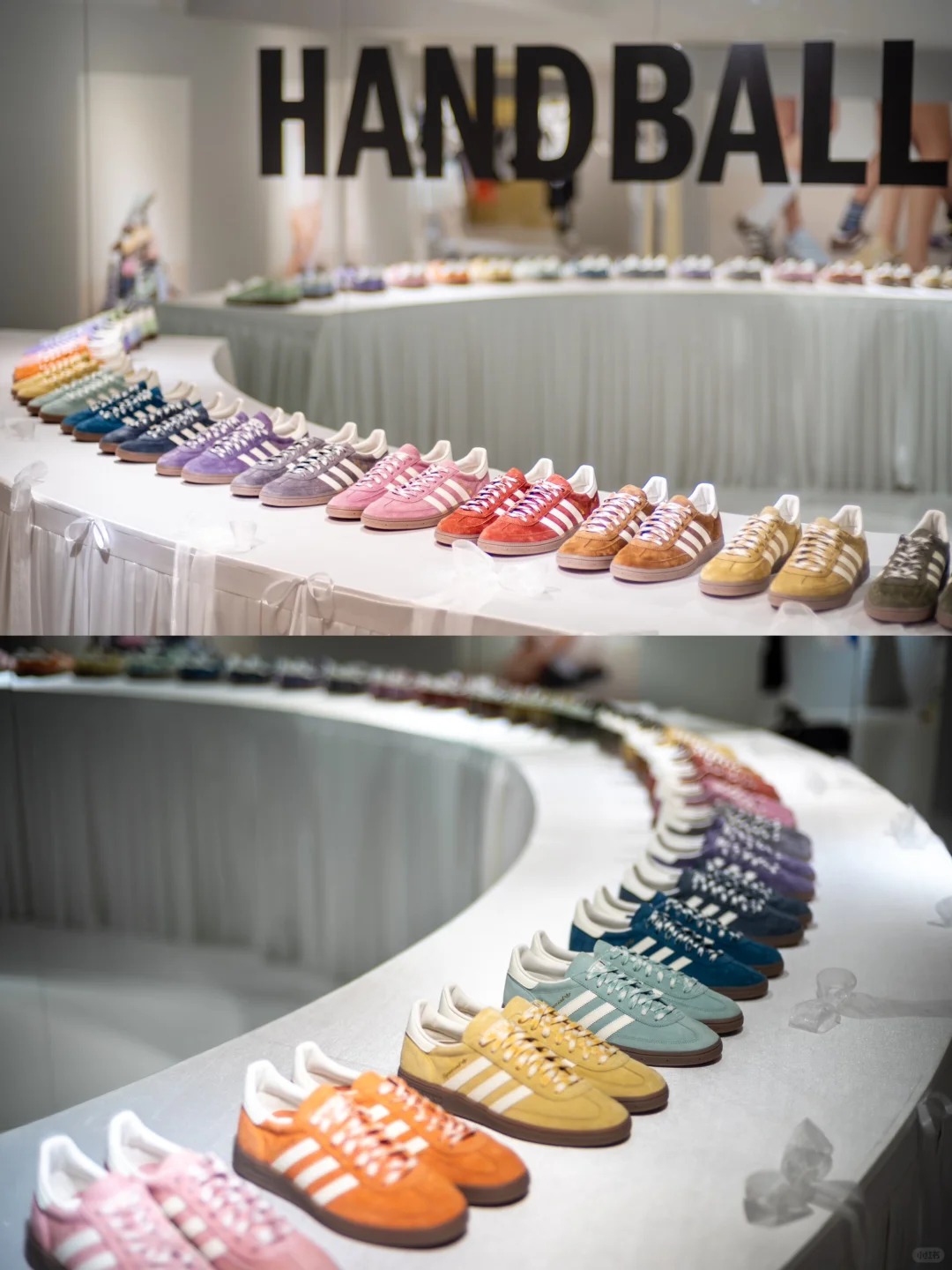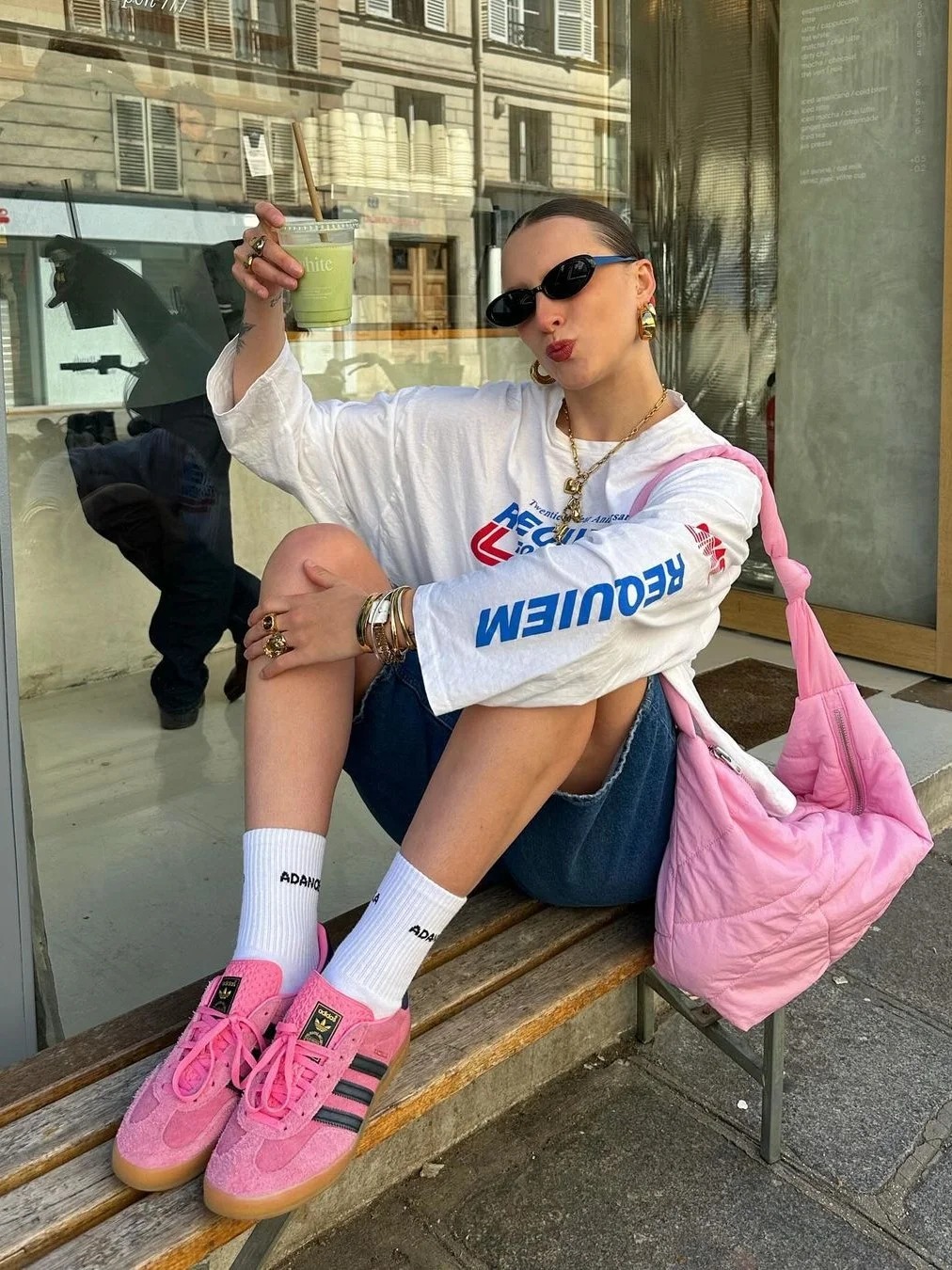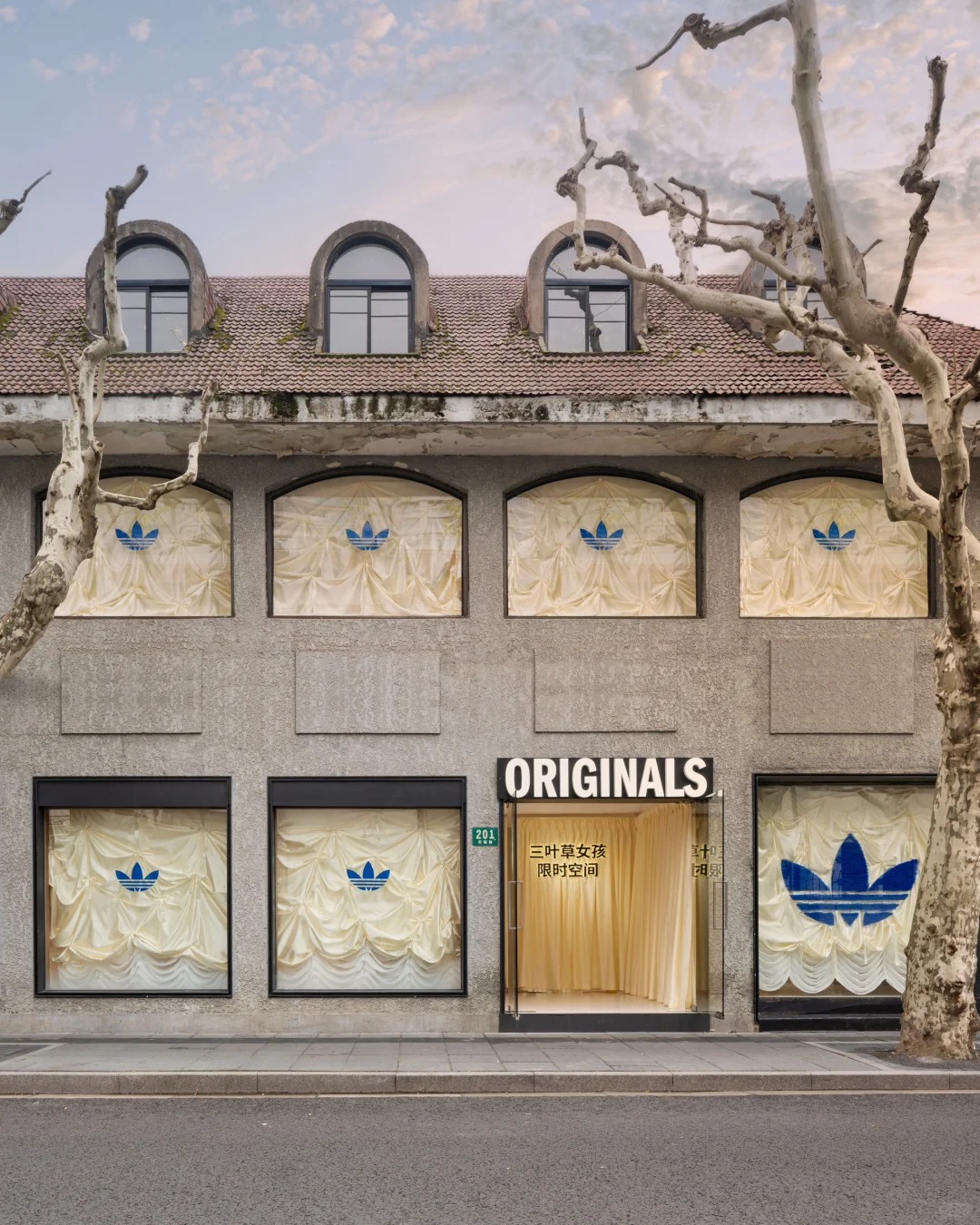In 2025, retro low-profile sneakers like the German trainer remain a hot trend among fashion lovers. The revival of German trainers has helped Adidas stage a surprising comeback. In a fiercely competitive global sportswear market, Adidas reported a 12% increase in global revenue in 2024, reaching €23.683 billion. Operating profit rose by over €1 billion to €1.337 billion, with a gross margin of 50.8%. In Greater China, Q4 revenue rose 16.1% to €794 million, while full-year revenue reached €3.459 billion, up 10.3%, marking the seventh consecutive quarter of growth.

In contrast, Nike faced a slowdown. Its revenue for the quarter ending Nov 30, 2024, dropped 9.06% year-over-year, and net profit fell 26.88%.
Winning Young Consumers with Sports + Fashion
Adidas’s revival stems largely from its dual focus on sports and fashion. In 2024, it shifted its slogan to “You Got This,” emphasizing athleticism and increasing investment in core sports like football and track & field. Adidas had strong visibility in major 2024 events such as the Olympics, UEFA Euro, and Copa América. In China, it sponsored events like the China Athletics Street Tour and major marathons, while its ADIZERO shoes helped win over half of the top 50 global road races and broke seven world records.
Meanwhile, its fashion strategy has gained serious traction. Collaborations with style icons like Jennie boosted its image among young consumers. Jennie’s frequent appearances in Adidas gear helped drive sales of items like Samba sneakers, football jerseys, and athletic shorts. On Xiaohongshu, the “Samba” series alone has over 120,000 posts. In 2024, Adidas shoes accounted for over half of the company’s revenue, with classics like Samba growing 300% to €1.5 billion. Adidas also launched a budget line, Adidas Essentials, with items priced as low as $12, rapidly becoming a best-seller.
 Testing in Luxury
Testing in Luxury
As the Yeezy era ends, Adidas aims to fill the high-end gap with its new luxury line “A-TYPE,” launched in February 2025. The debut collection includes elevated versions of the Superstar, Firebird tracksuits, and Airliner bags, as well as sterling silver accessories priced between $500–$2000—positioning Adidas in direct competition with luxury brands. While the collection is currently friends-and-family only, it signals the brand’s ambition.
Adidas has previously collaborated with luxury names like Chanel and Prada, and released Italian-made premium Sambas to test the upscale market. Still, its mainstream image as “affordable fashion” poses a challenge in shifting consumer perception. And with the luxury market in a downturn, Adidas’s high-end journey is far from guaranteed.
Challenges Ahead in China
Despite a rebound, Adidas’s China growth still lags behind other regions. In Q3 2024, its growth in China was 9%, compared to 18% in Europe and Japan, and 28% in Latin America. This is partly due to long-standing setbacks from the 2021 Xinjiang cotton controversy and fierce competition from local brands like Anta and Xtep, which are capitalizing on trendy designs and value-for-money offerings. Anta, for example, has built a strong portfolio through acquisitions, including FILA and DESCENTE.
Global niche brands like New Balance, ASICS, Lululemon, On, and HOKA are also gaining traction, making the competition intense. Nike, with a $6 billion cash reserve and a focus on tech and storytelling, remains a formidable rival.

For Adidas to reclaim its standing in China, it must innovate in products, refresh its marketing, and expand local retail networks—especially in lower-tier cities. Strengthening its local team’s autonomy and leveraging digital transformation will be key. As Managing Director Adrian Siu once said, “Only Chinese people can truly understand Chinese youth.”
The road to a full comeback is long. But Adidas, with its fresh momentum, is taking bold steps forward.
